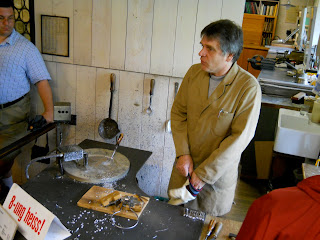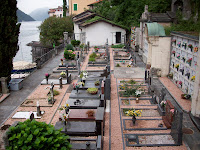We've made it from Lucerne to Basel, one of the richest cities in Switzerland and where both the Baslermunster and The Bank Of International Settlements are located.
The Baslermunster is one of the highlights of our trip, and is even featured in our T-shirt. It was originally a Catholic Cathedral, but is now a Protestant church, under the Swiss Reformed Church.
Stephen gave a presentation on Carl Jung to us, a major figurehead of modern psychology who studied under Freud. He attended the Baslermunster as a child, and was influenced greatly by his childhood growing up here.
We also visited The Bank Of International Settlements, which is only a few hundred meters away from the Baslermunster. These two locations are focal points of our entire trip, as the connection between Church, which during the reformation influenced the world through religion, and the Bank, which currently influences the world through economics. This city represents the transition from a Church ruled world to an Economics ruled world.
The next stop in Basel was to the Basel Paper Museum. Paper was essential to the Reformation, which was fueled by the printing press's ability to spread information. The Reformation required printing, and printing requires paper.
We got to actually make paper the way they did 500 years ago and see the whole process. Paper starts out as a watery mush of rags and sheets that is mixed by the pounding of these lengths of wood. The mix is then sifted by a frame like the one Juliana is holding. The wet mush on the frame is then dried into a piece of parchment.
We saw a demonstration of letterface making for the original printing press. He had a pot of liquid metal and poured it into a special mold to make a letter. A printer would then put a full collection of these letters into an organization container.
This water wheel powers the entire paper making process. It moves a series of gears that connects to the pounding woof and the mixing buckets. Printing presses became popular mostly in places with rivers for this very reason.
After our guided tour of the museum, many of us got the chance to use traditional calligraphy pens to write letters and notes. This was the first time many of us had actually used traditional pens in this manner.




















































